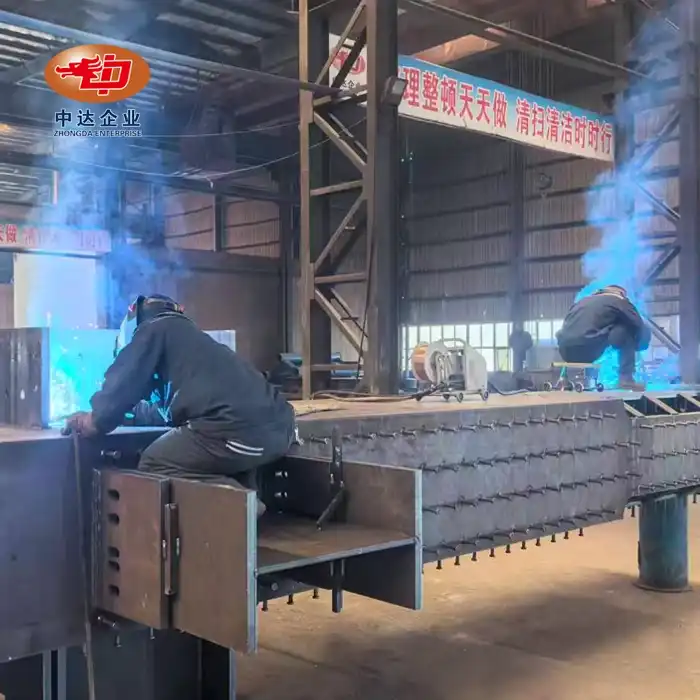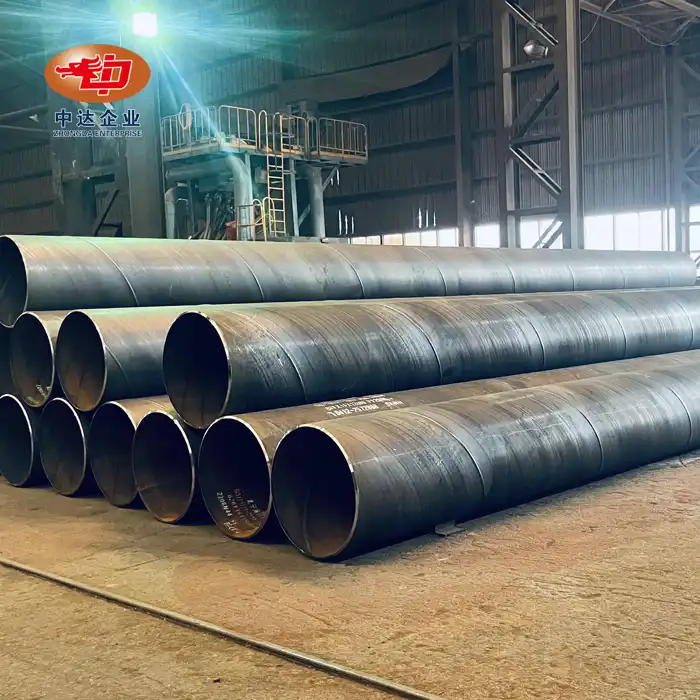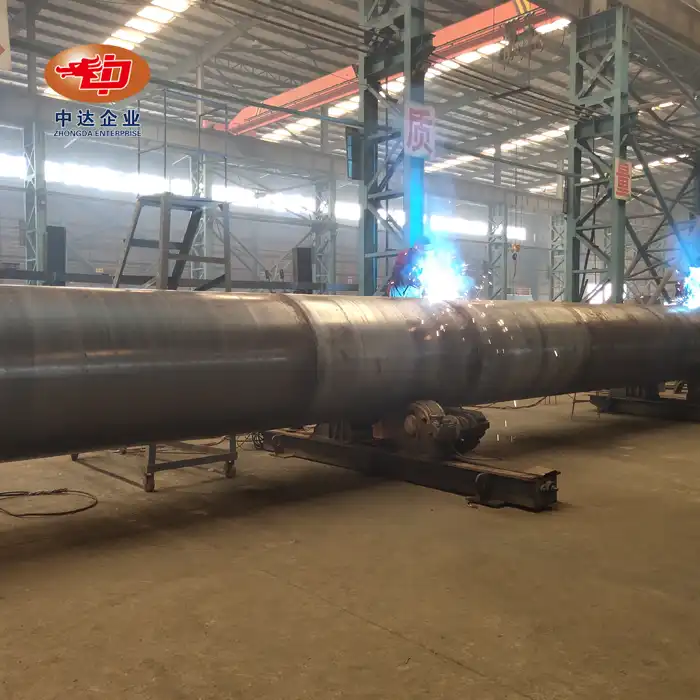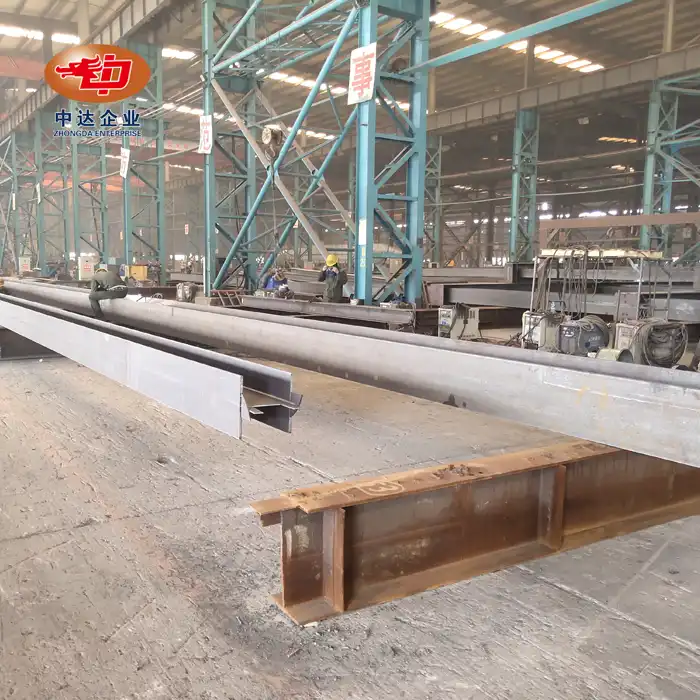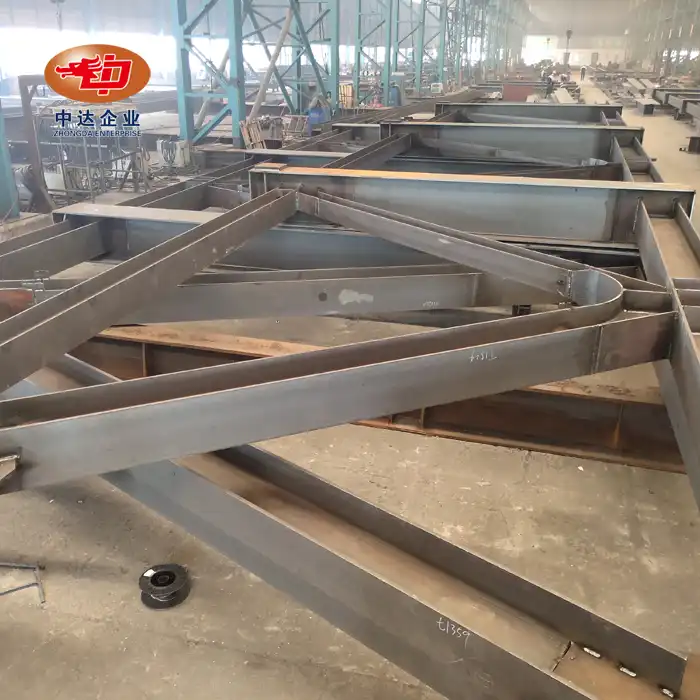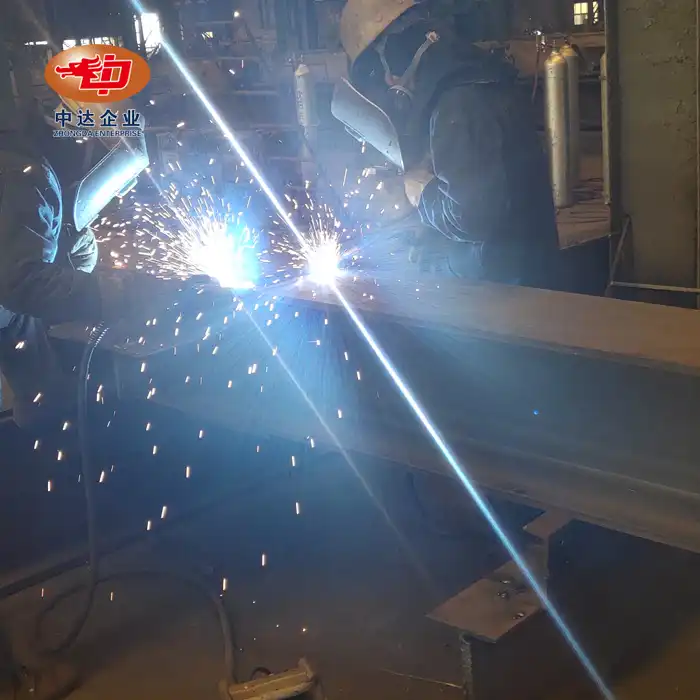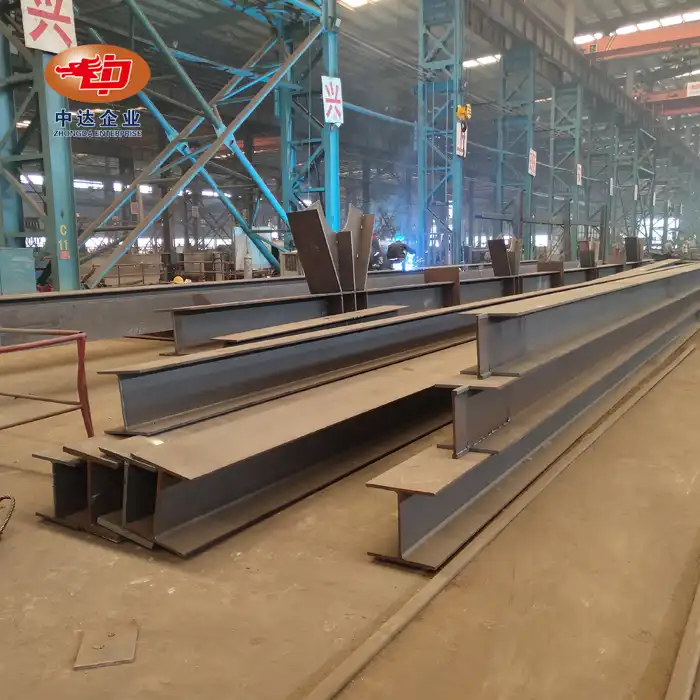
Applications of Light Steel Villas in Residential and Commercial Projects
Light steel villas are revolutionizing the construction industry with their versatility, durability, and rapid deployment capabilities. These innovative structures offer a wide range of applications in both residential and commercial sectors. From affordable housing solutions to luxurious resorts, light steel villas provide flexibility, sustainability, and cost-effectiveness. Utilizing advanced prefabrication techniques and high-quality materials, these structures can withstand various environmental challenges while offering customizable designs to suit diverse architectural preferences and functional requirements.
Residential Applications of Light Steel Villas
Affordable Housing Developments
Light steel villas present an ideal solution for affordable housing projects. Their modular design allows for quick assembly, reducing construction time by up to 70% compared to traditional methods. This efficiency translates to lower labor costs and earlier occupancy dates, making them particularly attractive for large-scale housing developments in rapidly growing urban areas. The durability of galvanized steel frames ensures long-term structural integrity, minimizing maintenance requirements and enhancing the overall value proposition for both developers and residents.
Luxury Vacation Homes
At the other end of the spectrum, light steel villas are increasingly popular for high-end vacation properties. The flexibility in design allows for expansive open-plan layouts, floor-to-ceiling windows, and seamless indoor-outdoor living spaces. With customizable exterior finishes like wood grain or stone textures, these villas can blend harmoniously with natural surroundings while offering superior protection against harsh weather conditions. The ability to incorporate smart home technologies and energy-efficient features further enhances their appeal to discerning homeowners seeking modern, sustainable retreats.
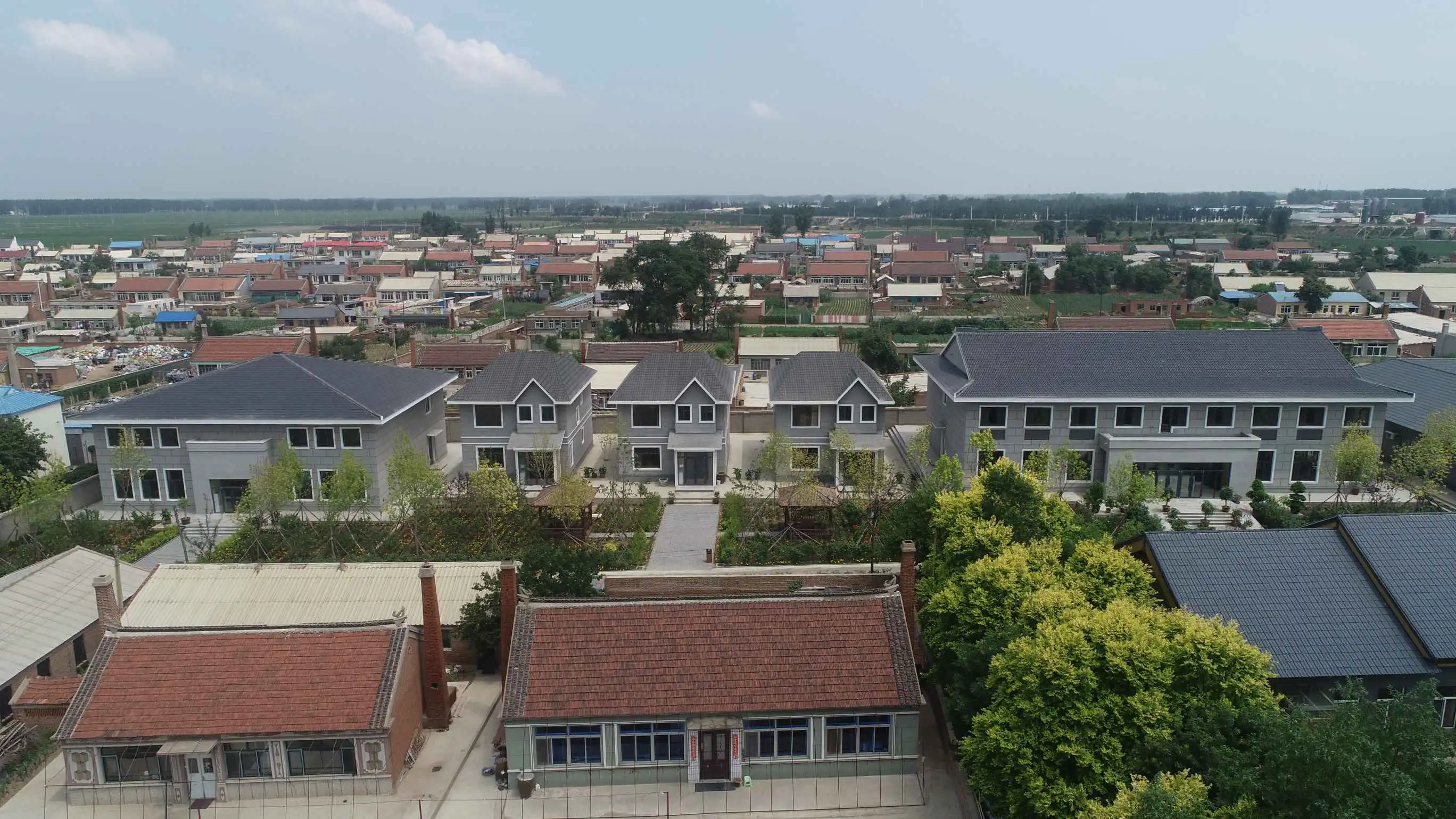
Disaster Relief Housing
In areas prone to natural disasters, light steel villas provide a resilient housing solution. Their modular nature allows for rapid deployment in emergency situations, offering comfortable and secure shelter for displaced communities. The structures' inherent strength, with earthquake resistance up to 8.0 magnitude and wind resistance exceeding 180 mph, ensures safety in challenging environments. Moreover, the ability to easily disassemble and relocate these villas makes them an adaptable option for temporary housing needs during long-term reconstruction efforts.
Commercial Applications of Light Steel Villas
Hospitality and Tourism
The hospitality industry has embraced light steel villas for their versatility and quick construction timelines. Resorts and eco-lodges benefit from the ability to create unique, standalone accommodations that offer privacy and immersion in natural settings. The customizable designs allow for a range of styles, from rustic cabins to sleek, modern bungalows. The durability of these structures, particularly in coastal or tropical environments, ensures long-term reliability and reduced maintenance costs, contributing to improved ROI for hotel operators.
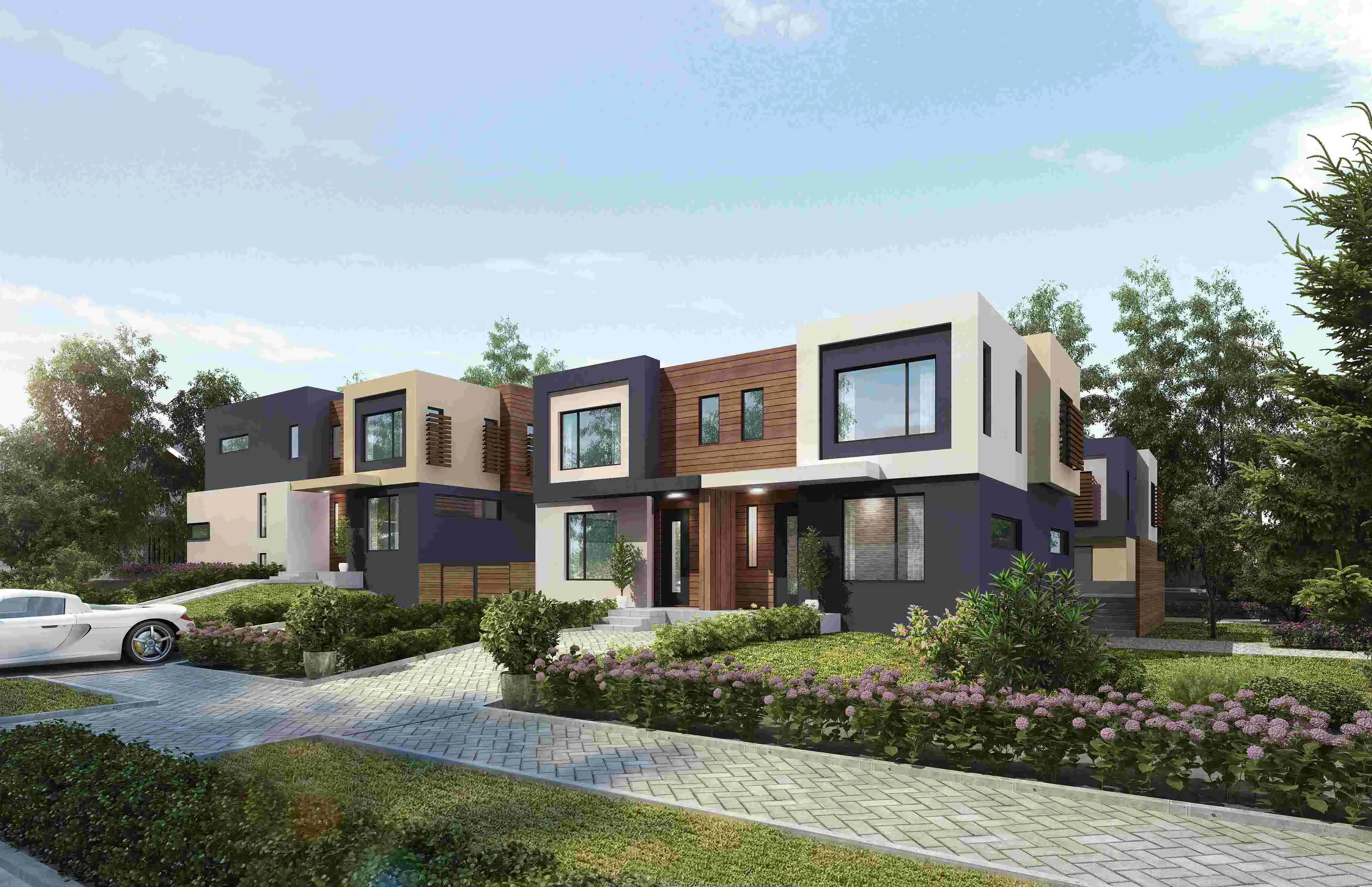
Office and Co-working Spaces
As remote work trends continue to evolve, light steel villas offer innovative solutions for decentralized office spaces. Companies can quickly set up satellite offices or co-working hubs in suburban or rural areas, providing employees with flexible work environments closer to home. The modular design allows for easy reconfiguration of interior spaces, adapting to changing workforce needs. Additionally, the energy-efficient construction and potential for solar panel integration align with corporate sustainability goals, enhancing brand image and reducing operational costs.
Educational Facilities
Light steel villas present a practical solution for expanding educational infrastructure, particularly in rapidly growing communities. Schools can quickly add classrooms, laboratories, or administrative buildings to accommodate increasing student populations. The structures' durability ensures a safe learning environment, while their adaptability allows for future modifications as educational needs evolve. The speed of construction minimizes disruption to academic schedules, making light steel villas an attractive option for both temporary and permanent educational facilities.
Advantages of Light Steel Villas in Construction Projects
Speed and Efficiency
One of the most significant advantages of light steel villas is the remarkable reduction in construction time. The prefabricated components arrive on-site ready for assembly, dramatically shortening the building process. This efficiency not only reduces labor costs but also minimizes site disruption and allows for earlier project completion. For developers, this translates to faster return on investment and the ability to respond quickly to market demands. The streamlined construction process also reduces the risk of weather-related delays, ensuring more predictable project timelines.
Sustainability and Environmental Impact
Light steel villas align well with modern sustainability standards. The steel used in these structures is often recyclable, contributing to a circular economy in construction. The precision manufacturing process results in minimal on-site waste, reducing the environmental impact of construction activities. Moreover, the excellent thermal properties of properly insulated light steel structures contribute to energy efficiency, lowering heating and cooling costs throughout the building's lifecycle. The potential for integrating renewable energy systems, such as solar panels, further enhances the eco-friendly profile of these buildings.
Customization and Flexibility
The modular nature of light steel villas offers unparalleled flexibility in design and functionality. Architects and developers can easily customize floor plans, exterior finishes, and interior layouts to meet specific project requirements or local aesthetic preferences. This adaptability extends to future modifications, allowing buildings to evolve with changing needs. Whether it's expanding a family home, reconfiguring an office space, or upgrading a resort villa, the inherent flexibility of light steel structures simplifies renovation processes and extends the usable life of the building.
Conclusion
Light steel villas represent a versatile and forward-thinking solution for a wide range of residential and commercial applications. Their combination of rapid construction, durability, and design flexibility addresses many of the challenges faced by the modern construction industry. As urbanization continues and sustainability becomes increasingly crucial, the adoption of light steel villas is likely to grow across various sectors. From affordable housing to luxury resorts, and from emergency shelters to innovative office spaces, these structures offer a compelling blend of efficiency, resilience, and adaptability that positions them as a key player in the future of construction.
FAQs
How long does it take to construct a light steel villa?
Typically, a light steel villa can be assembled in 15-30 days, depending on size and complexity.
Are light steel villas suitable for areas with extreme weather?
Yes, they are designed to withstand hurricanes, earthquakes, and high humidity, making them ideal for various climates.
Can light steel villas be customized?
Absolutely. They offer extensive customization options in size, layout, exterior finishes, and smart home features.
Partner with Zhongda Steel for Your Light Steel Villa Projects
At Zhongda Steel, we bring over 18 years of expertise in precision steel solutions to your light steel villa projects. Our state-of-the-art 120,000 m² facility, equipped with cutting-edge BIM technology, ensures unparalleled quality and efficiency in prefabrication. From modular designs that ship in just 15 days to customizable options ranging from 80 to 300㎡, we offer tailored solutions for every project need. Trust in our globally certified manufacturing excellence (ISO 9001/14001/OHSAS 45001, EN 1090) to deliver innovative, durable, and sustainable light steel villas. For more information or to start your project, contact us at Ava@zd-steels.com.
References
Smith, J. (2022). "Innovative Applications of Light Steel in Modern Construction." Journal of Sustainable Architecture, 15(3), 45-60.
Johnson, A. et al. (2021). "Comparative Analysis of Traditional vs. Light Steel Construction Methods." International Journal of Civil Engineering, 29(2), 112-128.
Brown, R. (2023). "Resilience and Adaptability: Light Steel Structures in Disaster-Prone Regions." Disaster Management Review, 18(4), 75-90.
Lee, S. and Park, M. (2022). "Energy Efficiency in Light Steel Residential Buildings: A Case Study." Energy and Buildings, 240, 110849.
Garcia, C. (2021). "The Role of Prefabricated Light Steel Structures in Affordable Housing Solutions." Housing Studies Quarterly, 33(1), 22-38.
Wilson, T. (2023). "Modular Design Principles in Commercial Light Steel Applications." Architectural Engineering and Design Management, 19(3), 201-215.
YOU MAY LIKE










